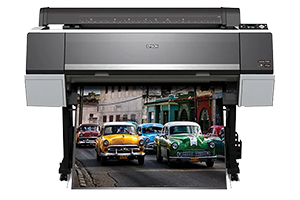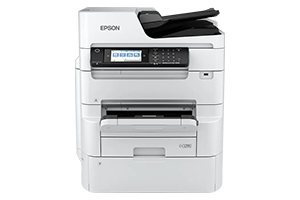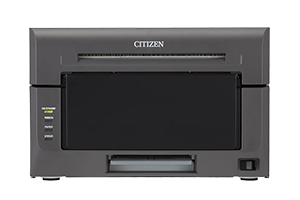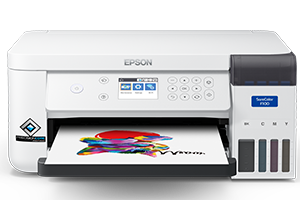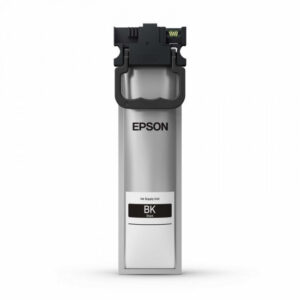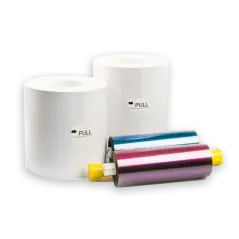A Guide to Sublimation Printing : Benefits and Applications Leave a comment
Sublimation printing has quickly become one of the most popular methods for creating high-quality, full-color custom products. Using a specialized sublimation printer, this technique transfers dye onto materials like fabric, metal, and ceramics through heat and pressure. The results are vibrant, long-lasting prints that blend seamlessly with the surface.
As more businesses and creatives explore the potential of sublimation, it’s essential to understand the technology’s benefits and its wide range of applications. Whether you’re planning to start a custom apparel brand, sell personalized mugs, or offer promotional items, this printing method offers unmatched versatility and value. In this guide, we’ll explore how sublimation printing works, its core advantages, where it’s commonly used, and how to choose the right equipment, including tips to achieve professional-quality results every time.
Ready to dive into the advantages? Let’s start by exploring why sublimation printing is such a game-changer for businesses and creators alike.
Benefits of Sublimation Printing
One of the standout advantages of sublimation printing is the exceptional vibrancy of colors. Since the dye becomes part of the material rather than sitting on top of it, the result is vivid, high-resolution prints that won’t crack, peel, or fade easily even after multiple washes.
So let’s dive into the key benefits :
- Vibrant Colors: Sublimation delivers bright, photo-quality images ideal for both apparel and accessories.
- Durable Prints: The dye chemically bonds with the substrate, creating a print that’s resistant to fading, scratching, and wear.
- Versatility: A sublimation printer can be used across various products including T shirt printing, Mug printing, phone cases, and more.
- Cost-Effective Production: Once the setup is complete, the cost per print is low, especially for bulk production or print-on-demand businesses.
Additionally, sublimation printing offers eco-friendly benefits, as it requires minimal water and produces little waste compared to traditional methods. There’s no need for screens or plates, making it an efficient choice for both large-scale operations and small custom orders.
Now that you know what makes sublimation printing so beneficial, let’s look at how and where it’s being used across industries and product categories.
Applications of Sublimation Printing
The true power of sublimation printing lies in its flexibility. A single sublimation printer can produce an entire range of products, which makes it a favorite for custom merch sellers and promotional companies.
Let’s explore the applications of a sublimation printer :
1. Apparel

T-shirt printing is one of the most common uses. Sublimation works best with polyester fabrics, delivering vibrant, full-coverage prints. Custom hoodies, jerseys, leggings, and even face masks can also be printed with stunning results.
2. Personalized Gifts

Mug printing is a staple for sublimation businesses. Whether it’s custom mugs with quotes, logos, or photos, the print quality is sharp and durable. Other home items like pillow covers, coasters, and wall art are also popular options.
4. Accessories

Custom phone cases, tote bags, mouse pads, and keychains are trending products. With sublimation, you can create personalized gifts or branded merchandise quickly and affordably.
5. Promotional Products
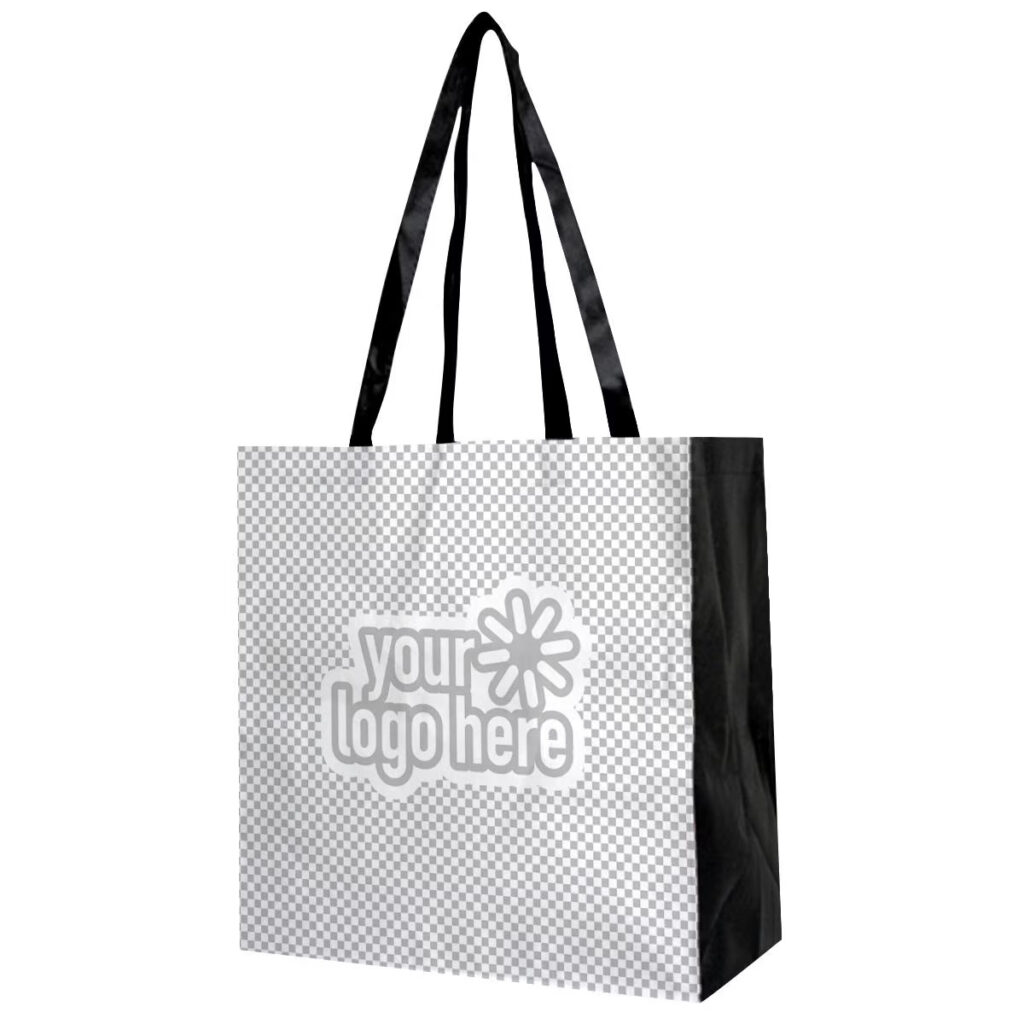
Businesses often use sublimated items for branding. From lanyards to promotional t-shirts and branded mugs, sublimation allows for consistent, high-quality branding across multiple items.
These diverse applications make sublimation printing a profitable venture for startups, e-commerce brands, and print shops looking to expand their product lines.
Thinking of getting started? The next step is selecting the right printer to bring your ideas to life. Here’s what to consider.
Choosing the Right Printer for Sublimation
Investing in the right sublimation printer is critical for delivering professional-grade results. The ideal printer should match your production volume, print size requirements, and budget.
And here are the key considerations :
- Print Size: Choose based on whether you’re printing phone cases or large garments.
- Ink System: Look for printers with refillable sublimation ink tanks to reduce long-term costs.
- Print Resolution: Higher resolution means better image quality—crucial for detailed designs.
- Media Compatibility: Ensure it supports various sublimation paper types like glossy, matte, or premium.
If you’re looking to invest in a sublimation printer that strikes the right balance between performance, reliability, and affordability, choosing a trusted brand is essential. With many options available in the market, it can be overwhelming to find one that truly meets the needs of small businesses and startups. That’s where Epson stands out. Known for its innovation in printing technology.
The Epson sublimation printer, SureColor SC-F100, is a reliable choice for small businesses. Compact yet powerful, it delivers outstanding quality and consistent results. With fast print speeds and seamless ink delivery, it’s ideal for customizing t-shirts, mugs, and accessories with precision and ease.
Once you’re equipped with the right tools, it’s all about mastering the process. Here’s how to ensure every print turns out perfect.
Tips for Successful Sublimation Printing
To achieve professional-quality results from your sublimation printer, it’s crucial to follow a few best practices throughout the printing process.
First, always choose the right sublimation paper for your project. Glossy sublimation paper is ideal for creating photo-quality prints on hard surfaces like mugs and phone cases. Matte sublimation paper works best for fabric-based items, offering a smooth finish suitable for garments such as t-shirts and hoodies. For high-end or detailed products, premium-grade sublimation paper provides excellent color transfer and consistency.
Next, optimize your print settings according to the material you’re working with. This includes using ICC profiles to manage color accuracy, adjusting the temperature and pressure of your heat press, and conducting small test prints before mass production. These steps help ensure that the final output is sharp, vibrant, and perfectly aligned.
Lastly, regular maintenance of your sublimation printer is essential. Clean the print heads periodically, use only recommended high-quality sublimation inks, and store your paper in a cool, dry place to avoid moisture damage. With these practices in place, you can extend your printer’s lifespan and consistently produce stunning, long-lasting prints on various materials.
FAQs
1. What is a sublimation printer?
A sublimation printer is a type of printer that uses heat to transfer dye onto materials like fabric, ceramic, and metal. It produces vibrant, long-lasting prints ideal for custom products.
2. Can I use regular paper for sublimation printing?
No. You must use special sublimation paper available in glossy, matte, or premium finishes to ensure the dye transfers correctly and the image quality remains high.
3. Is sublimation printing good for cotton fabrics?
Sublimation works best on polyester or poly-coated materials. Cotton doesn’t bond well with sublimation dyes unless pre-treated.
4. What is the best printer for sublimation?
The Epson SureColor SC-F100 is a popular choice among small businesses due to its print quality, reliability, and user-friendly features.
5. How long do sublimation prints last?
Sublimation prints are extremely durable. On items like mugs or polyester garments, they can last for years without fading or peeling.
Conclusion
Sublimation printing offers vibrant colors, long-lasting results, and the flexibility to create a wide variety of customized products from T-shirt printing to Mug printing and beyond. With the right sublimation printer and materials like glossy or matte sublimation paper, you can unlock endless creative opportunities. For high-quality results, choosing trusted suppliers is key.
Kepler Tech LLC , Authorized Printer Suppliers in Dubai, offers reliable sublimation solutions and expert support to help your printing business thrive.




